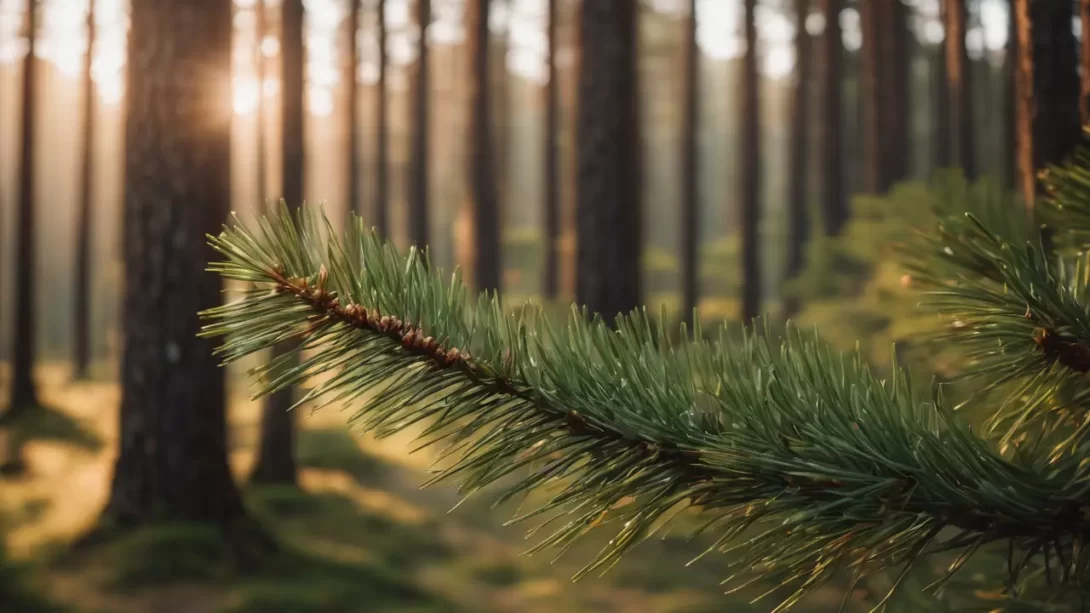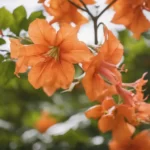Pine trees are a majestic and vital part of many ecosystems and landscapes. They provide not only aesthetic value but also ecological benefits. However, like any living organism, they can become susceptible to various stressors and ailments. Recognizing the signs of a dying pine tree, such as needle discoloration, loss of needles, and bark damage, is crucial for taking timely action. This article will guide you through the steps to diagnose and potentially save a dying pine tree.
Identifying the Problem
Accurately identifying the problem is the first critical step in saving a dying pine tree. Common issues include:
- Diseases: Pine wilt, needle blight, and root rot are prevalent diseases affecting pine trees. Each presents specific symptoms like needle discoloration, wilting, or resin flow.
- Pests: Bark beetles, pine sawfly, and weevils can attack pine trees, often leaving visible signs like boreholes, sawdust, or defoliation.
- Environmental Stress: Factors like drought, poor soil conditions, and physical damage can severely impact a pine tree’s health.
Understanding the specific ailment is essential for determining the appropriate treatment.
Initial Assessment
Performing a comprehensive assessment of the tree is crucial:
- Examine the Trunk and Branches: Check for cracks, splits, or signs of decay. Look for boreholes or sawdust, which could indicate a pest infestation.
- Inspect the Needles: Discolored, brown, or falling needles are often signs of distress. Examine both older and newer needles, as different diseases affect them differently.
- Assess the Roots and Soil: Root rot can occur due to overly wet or compacted soil. Gently examine the root zone for any signs of decay or poor soil conditions.
Early detection is key to successfully treating and saving the tree.
Watering and Mulching
Proper watering and mulching can significantly improve a pine tree’s health:
- Watering: Deep, infrequent watering is beneficial for pine trees, encouraging deeper root growth. Ensure the water penetrates several inches into the soil.
- Mulching: Apply a layer of organic mulch around the base of the tree. Mulch helps retain soil moisture, regulate temperature, and reduce weed competition. Keep mulch a few inches away from the trunk to prevent moisture buildup and potential rot.
Soil Considerations
The health of a pine tree is deeply influenced by the quality of the soil in which it grows:
- Soil Testing: Conduct a soil test to determine the pH level and nutrient content. Pine trees typically prefer slightly acidic soil with a pH between 5.0 and 6.0.
- Amending Soil: If the soil test reveals deficiencies, amend the soil accordingly. This might include adding organic matter to improve drainage and aeration or using specific fertilizers to balance nutrient levels.
- Avoiding Soil Compaction: Ensure the area around the pine tree isn’t compacted, as this can restrict root growth and water penetration. Avoid heavy machinery or excessive foot traffic near the root zone.
Disease and Pest Management
Effective management of diseases and pests is crucial for a pine tree’s recovery:
- Specific Treatments: Once you have identified the disease or pest, use targeted treatments. For instance, fungicides can be effective against certain diseases, while insecticides may be needed for pest infestations.
- Application Guidelines: Carefully follow the application guidelines for any chemical treatments, considering the right time of year and weather conditions for application.
- Alternative Methods: Explore cultural practices like proper pruning to remove diseased areas, or consider biological control methods to manage pests without chemicals.
Pruning and Care
Proper pruning and general care can help revitalize a stressed pine tree:
- Pruning Techniques: Remove dead or diseased branches to prevent the spread of disease and pests. Prune during the dormant season to minimize stress on the tree.
- Avoid Over-Pruning: Be cautious not to over-prune, as this can weaken the pine tree. Generally, it’s advisable not to remove more than 25% of the tree’s foliage at once.
- Protecting the Tree: Shield the tree from additional stressors. For example, guard against lawn mower and trimmer damage to the trunk, which can make the tree more susceptible to diseases and pests.
Professional Help
When home remedies and personal interventions are not enough, it’s time to seek professional help:
- Consulting an Arborist: Certified arborists can provide a more detailed diagnosis of the tree’s health, often identifying issues that are not immediately apparent to the untrained eye.
- Advanced Treatments: Professionals can offer advanced treatments, such as trunk injections or deep root fertilization, which might be beyond the scope of typical home care.
- Safe Tree Removal: If the tree is beyond saving, a professional can safely remove it, preventing any potential hazards associated with a dying tree.
Prevention and Ongoing Care
Preventive measures and ongoing care are essential for the health of pine trees:
- Regular Health Checks: Periodically inspect your pine tree for early signs of stress or disease. Early detection is key to preventing serious problems.
- Proper Fertilization: Fertilize the pine tree appropriately, depending on its age and health. Over-fertilization can be as harmful as under-fertilization.
- Optimal Growing Conditions: Ensure your pine tree has the right conditions for growth, including adequate sunlight, water, and well-draining soil. Adjust care as needed based on changes in the environment or the tree’s health.
Conclusion
Reviving a dying pine tree requires a combination of correct diagnosis, timely intervention, and appropriate care. Understanding the specific needs and problems of your pine tree is crucial for its recovery and long-term health. By employing proper techniques in watering, mulching, soil management, and pruning, and seeking professional help when necessary, you can give your pine tree the best chance to thrive. Remember, the health of each tree contributes significantly to the overall well-being of our environment and ecosystem.



